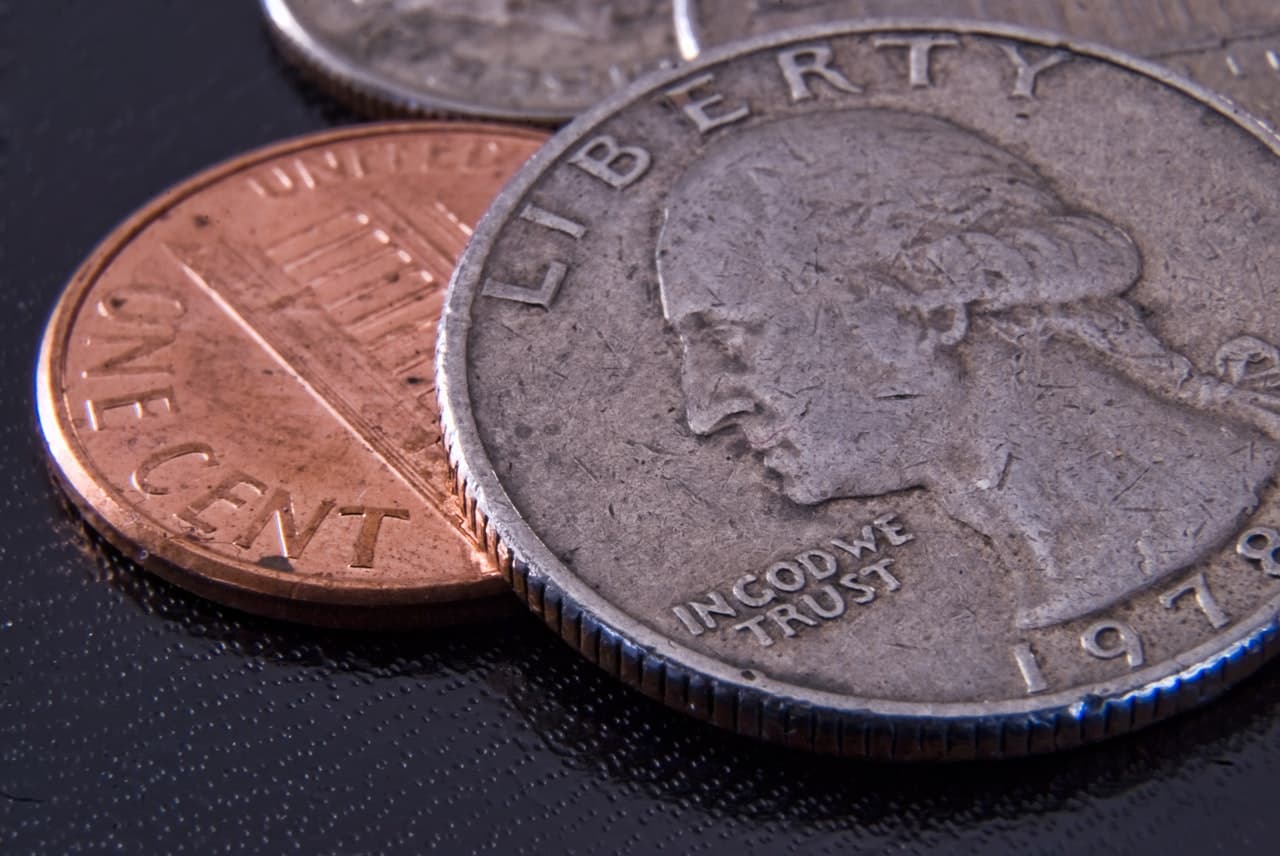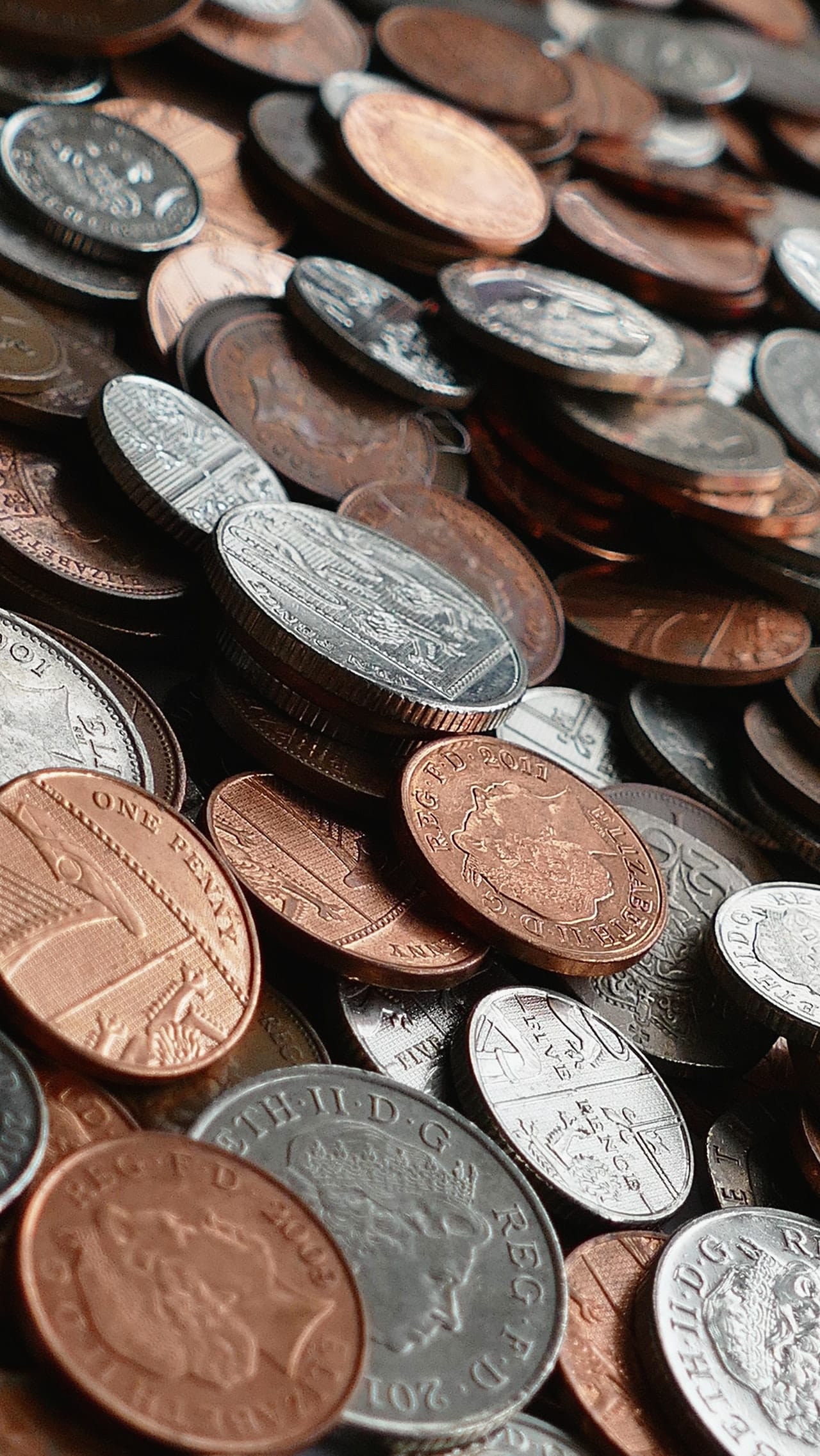The Lydian Stater was the world’s first real coin, but it wasn’t the first coin generally. Older coins generally lacked any official markings and weren’t standardized in terms of metal content, weight, or size. This made producing them easier but limited their value as a quickly transferable currency. In many cases, these very early coins were nothing more than blobs of hardened, molten metal.
The Stater changed things by introducing a state seal on the front side of each coin. The coins, which were initially made from electrum, and later gold and silver, had their seal introduced by placing a softened metal blob into a reverse image die and then striking it with a punch on the reverse side.
The force of the blow imprinted the die image on the front of the coin and left squarish impressions on the opposite side, where the punch indented the metal. Later ancient civilizations used similar production processes.
The Romans may have been the first civilization to produce coins with designs on both sides of the coin. However, their minting technology wasn’t precise. Many early and middle period Roman coins show designs that are misaligned, cut off and improperly centered, and generally, reflect poor production values.
IMAGE: PEXELS
Technological Improvements
Later Roman coins got significantly better, and by the middle ages, production processes were capable of printing fairly consistent, high-quality coins. The production process for these coins is more involved than that used for Staters and other ancient coins.
Molten metal was poured, hammered, and beaten by blacksmiths into flat, round blanks — coins with blank sides. These were then fit between two dies, usually made of either bronze or iron. The obverse die held the reverse image decoration for the front of the coin, while the reverse die transferred its design to the coin’s back.
The dies held the blank in place, assuring a perfectly centered minting. The die assembly was then struck with a hammer, imprinting both sides of the coin simultaneously. This process involved quite a few craftsmen beyond the blacksmiths that minted the coins. Artists had to design and sculpt the original coin faces, which were used to produce the reverse dies.
Other blacksmiths created these, which wore out fairly quickly with repeated mintings. It’s estimated that experienced blacksmiths could go through as many as a thousand dies set a year. But this makes sense considering that accomplished smithies could produce 20,000 strikes a day. For more information about the Lydians and the history of money, visit Rory Brown’s website.
About Rory Brown: Mr. Brown is a Managing Partner of Nicklaus Brown & Co., the Chairman of Goods & Services, Nearshore Technology Company, and a member of the board of directors of Desano. He is passionate about delving into the history of money and how our modern currency has evolved into what it is today. In his spare time, he writes about the history of the Lydians – the first civilization to use gold and silver coinage.
If you are interested in even more business-related articles and information from us here at Bit Rebels, then we have a lot to choose from.


COMMENTS